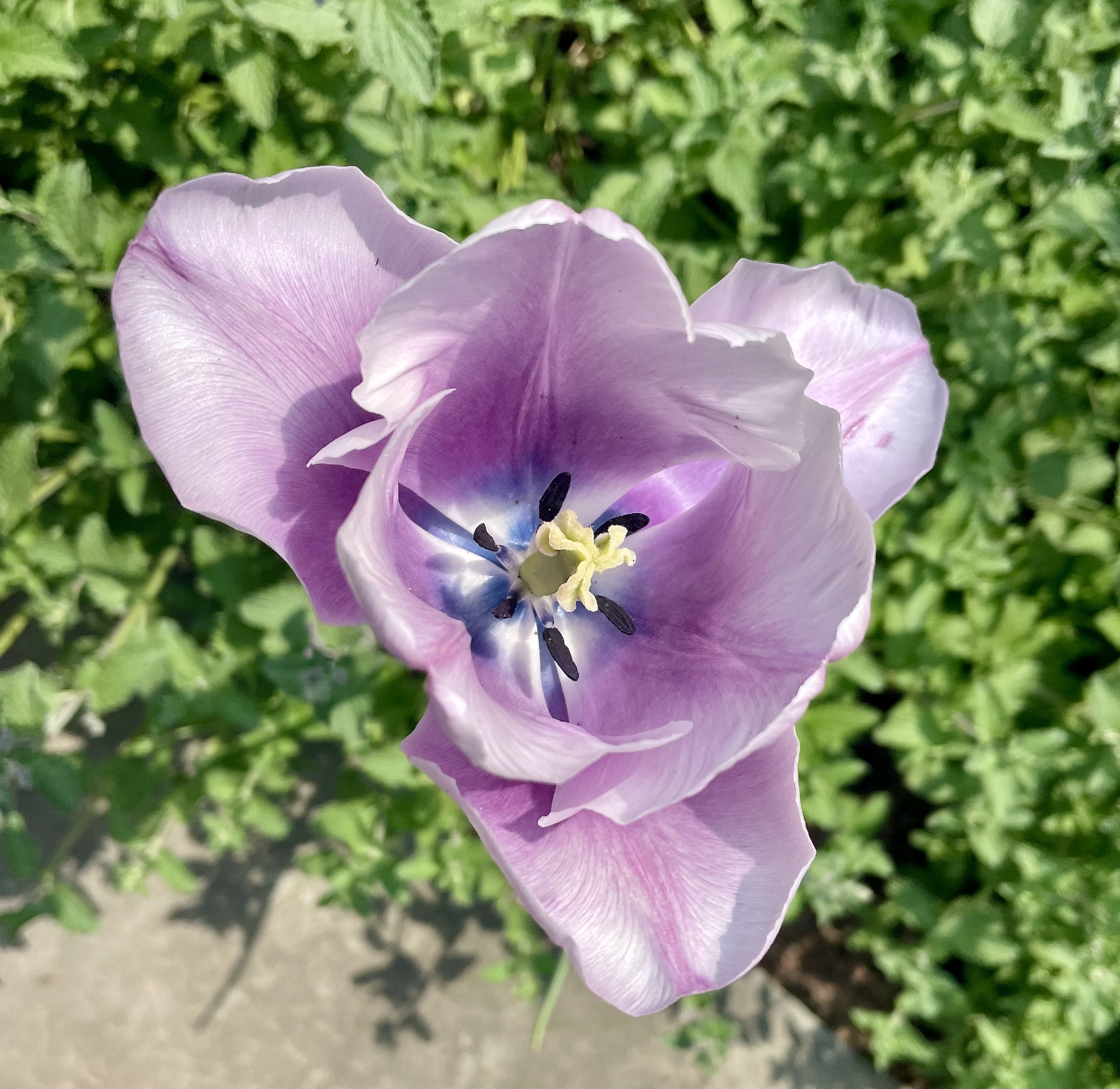Happy Spring
Spring has arrived…
May 2023….only a few weeks to go to see 2024’s tulips.
Having a butterfly garden does’t mean that you can’t have all of your favorite plants too. Our gardens are just as much for us as, they are for butterflies, and I am super excited to see my tulips this spring.
As your garden unfolds, here are a few things to consider…
While some critters are only visitors to your property (think Monarchs) other’s, hopefully, call your property home.
How can we best support the creatures that are emerging from our gardens AND get our hands back in the soil? A few things to consider before you get started….
who overwintered and is waking up? leave the area around your host plants alone for now.
where to leave leaves, how much is ok and why might you WANT to clear a space?
what are you doing with “debris”?
weeding smarter
mulching do’s and don’ts
Host plants
Look back to your spreadsheet of plants and remind yourself which plants you have that are host plants, then check to see if what they are hosting overwinters here. For example, I have lots of swamp milkweed, but Monarchs do not overwinter here, so I know there is not monarch larva, eggs or adults using this plant or the space around it right now. If the species I was looking to support did overwinter here, I would remind myself to leave the plant and the area around the plant alone.
Leaves
I have a section of my garden that the wind blows tons of leaves on. I let them all be until about now and then gently pull some of them back. I check how many there are and try and remember what I have coming up below.
Seeds need sunlight and water to germinate. Perennials need warmth. So if you have a lot of seed down from last fall you may not want a lot of leaves covering that section of your garden right now.
Also, too many leaves all matted down can act like mulch that will suppress plant growth. How many is too many? 5 inches is probably too much 2 - 3 seems like a better amount. This may vary with what you have coming up underneath. I try for a happy medium. If you move leaves around do so gently.
Debris
When the night time temps warm up more I’ll start thinking about cutting some things back - grasses and iris leaves will be first. Then I’ll follow with small stems like salvia and echinacea. Anything over 1/8” I’ll leave or cut to 15” - 18” in case a stem nesting bee would like to use it. Smaller stems/leaves from last year can be cut or broken into pieces and left in place or moved to another location on site to serve as mulch, or lastly go in the compost bin.
Cool season weeds
I only see one weed in my garden so far so it’s easy for me to take some time with it. Ideally this would be how I would approach all weeding if time allowed for it.
Do I know what the plant is?
If not spend the time to ID it.
Do a quick search on ButterfliesandMoths.org to see if it is a host plant
Do a quick google search to see if it is native
Is it helping my goal of supporting butterflies?
Non-native bittercress
I chose to leave this for now because it is the only flower in bloom, is not crowding out any of my natives and supplies nectar to the spring azure butterfly.
Mulch
Mulch is a great way to suppress weeds in a new garden. After that you really shouldn’t need it. For a detailed list of do’s and don’t see this hand out from the Brooklyn Bridge Park environmental horticulture team .
How things are looking here…
Sources for further information on ecological gardening and supporting pollinators.
Encouraging Pollinators at Brooklyn Bridge Park. The best podcast I’ve heard specifically about attracting pollinators to our gardens.
Pollinators of Native Plants: Attract, Observe, and Identify Pollinators and Beneficial Insects with Native Plants by Heather Holm.
Read to find out what bees are stem nesters, who lives in the leaves and specific things you can do on your property to help with conservation.
I was a student of the winter cohort of Kelly Norris’s New Naturalism Academy. He is incredibly knowledgable and has an infectious passion for naturalistic planting design. He was a pleasure to listen to and learn from. Take a look at some of his work…





